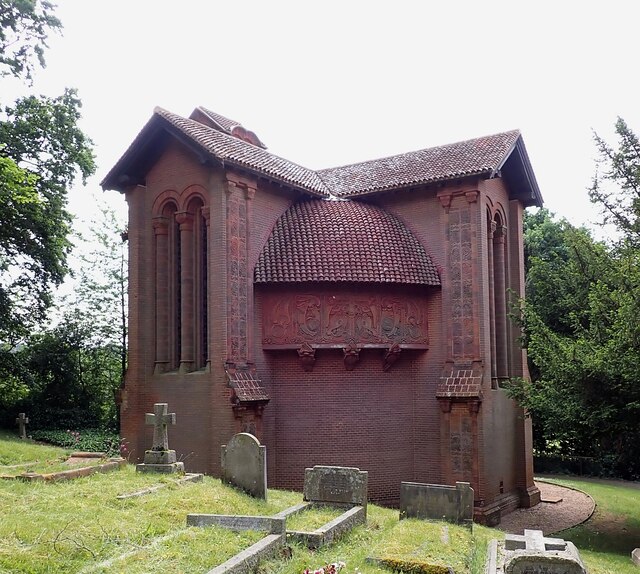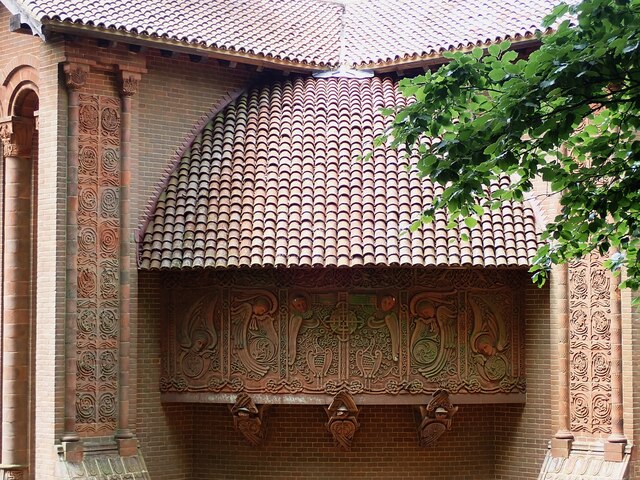Puddock Copse
Wood, Forest in Surrey Guildford
England
Puddock Copse
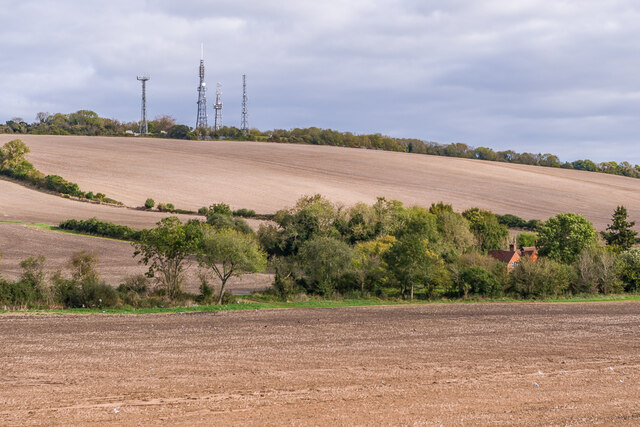
Puddock Copse is a picturesque woodland located in the county of Surrey, England. Situated near the village of Cranleigh, this charming forest is renowned for its natural beauty and tranquil atmosphere. Spanning an area of approximately 50 acres, Puddock Copse offers visitors a peaceful retreat away from the bustling city life.
The woodland is predominantly composed of deciduous trees, including oak, beech, and birch, which provide a stunning display of colors throughout the seasons. The forest floor is adorned with a rich carpet of ferns, bluebells, and wildflowers, adding to the enchanting ambiance of the area.
Puddock Copse is crisscrossed by a network of well-maintained footpaths, allowing visitors to explore the woodland at their leisure. These paths lead to secluded glades, hidden ponds, and idyllic picnic spots, making it a popular destination for nature lovers, hikers, and families alike.
The forest is also home to a diverse range of wildlife, providing a haven for many species. Bird enthusiasts can spot various species of woodland birds, including woodpeckers, owls, and thrushes. In addition, small mammals such as squirrels, rabbits, and badgers can often be observed going about their daily activities.
Puddock Copse is managed by the Surrey Wildlife Trust, which ensures the preservation of its natural environment and the protection of its wildlife. The trust also organizes events and educational programs to raise awareness about the importance of conservation and sustainability.
Overall, Puddock Copse offers visitors a delightful escape into nature, where they can immerse themselves in the beauty of the woodland and experience the tranquility it provides.
If you have any feedback on the listing, please let us know in the comments section below.
Puddock Copse Images
Images are sourced within 2km of 51.21406/-0.61532014 or Grid Reference SU9647. Thanks to Geograph Open Source API. All images are credited.



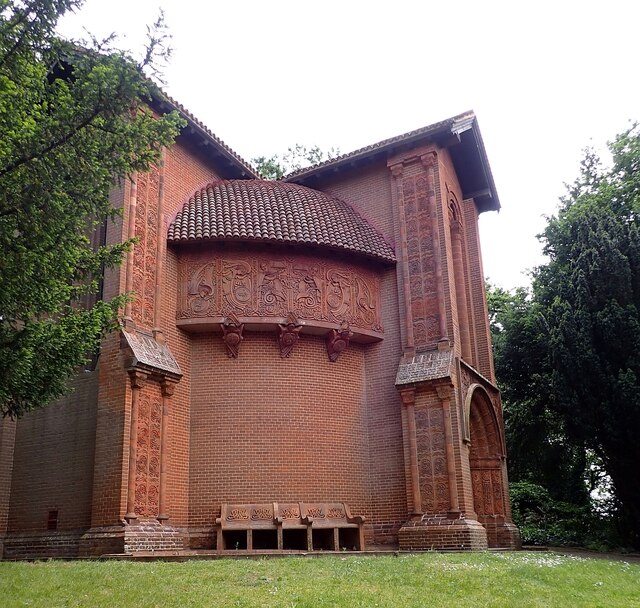
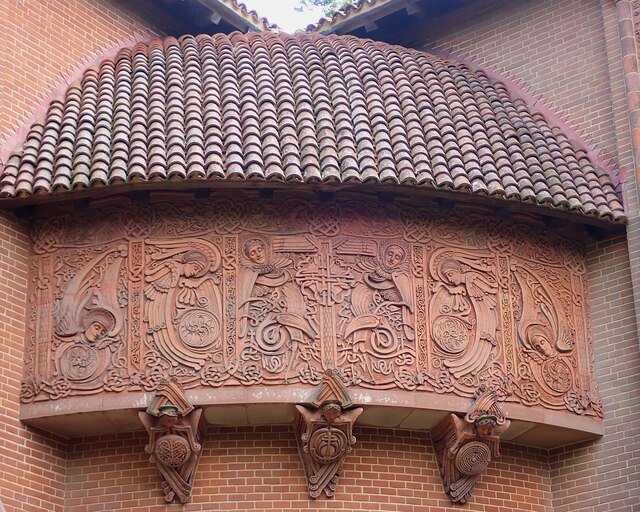
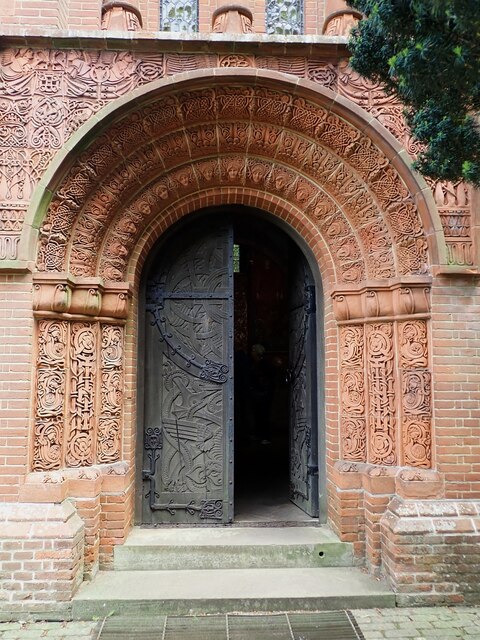
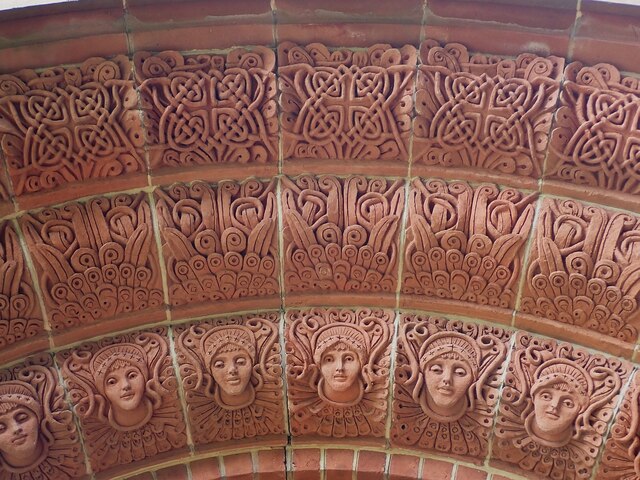
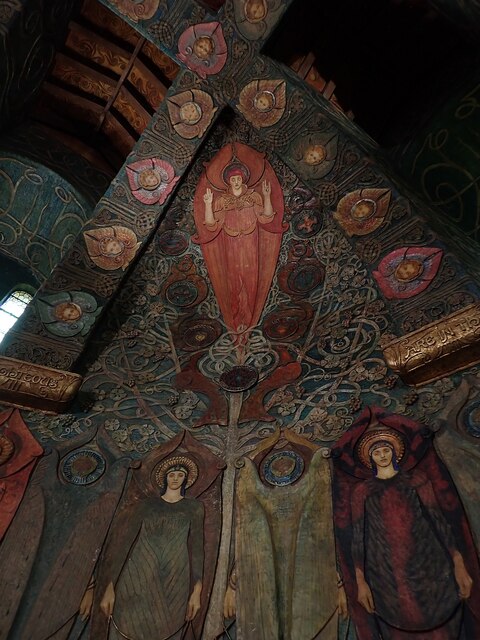
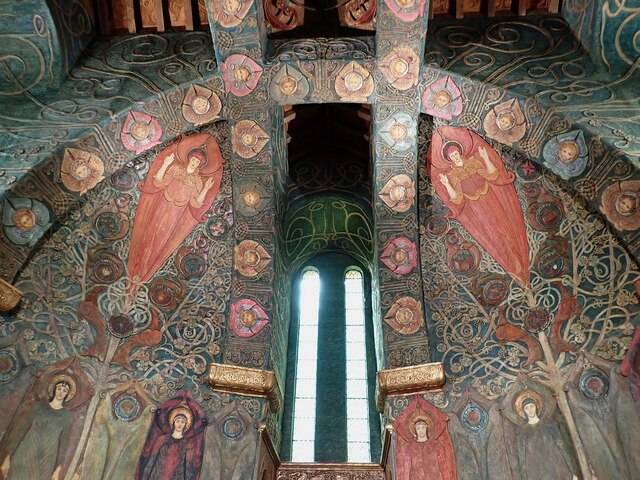
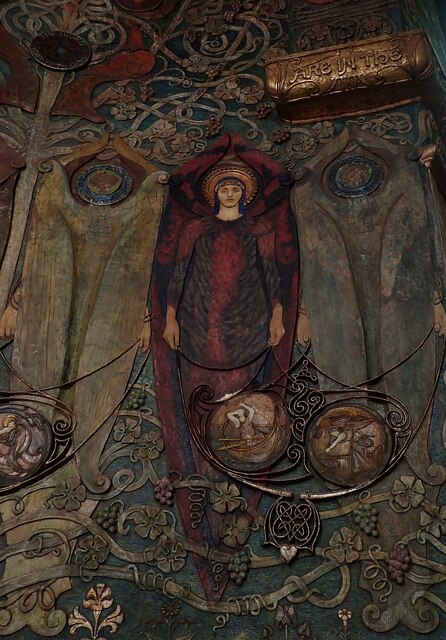
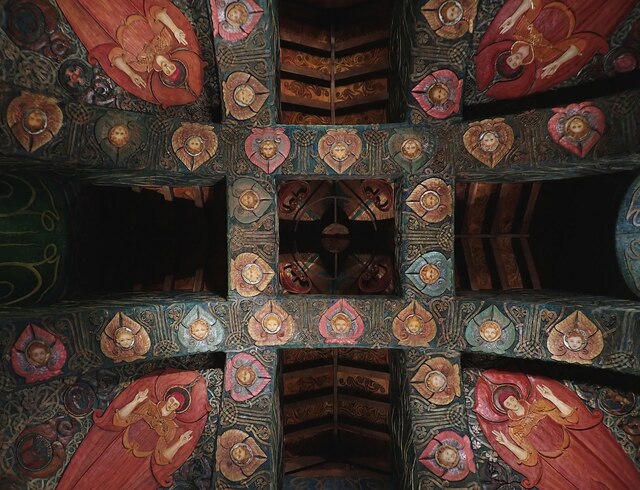
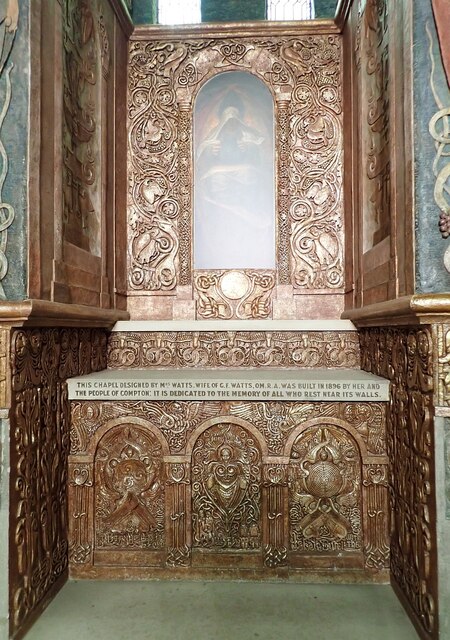
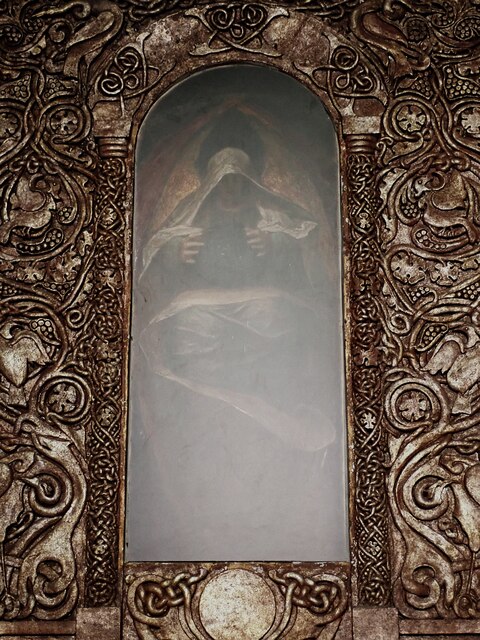
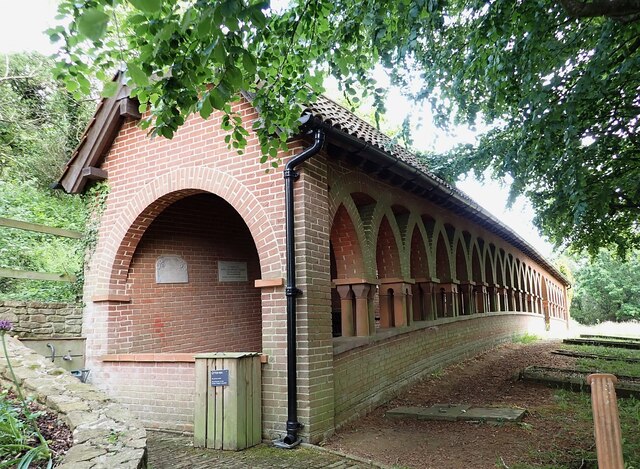
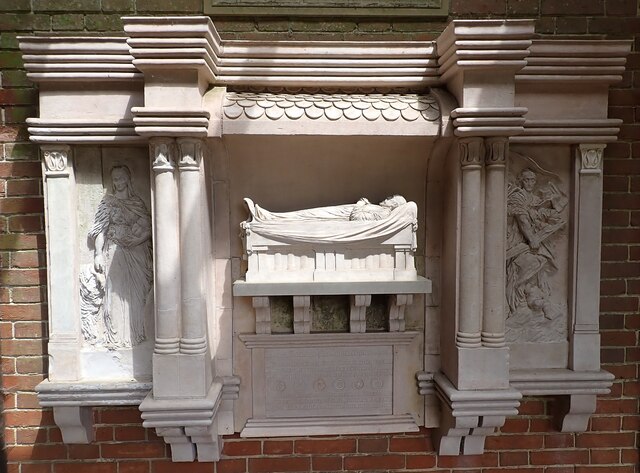
Puddock Copse is located at Grid Ref: SU9647 (Lat: 51.21406, Lng: -0.61532014)
Administrative County: Surrey
District: Guildford
Police Authority: Surrey
What 3 Words
///rope.salon.volume. Near Godalming, Surrey
Nearby Locations
Related Wikis
Loseley Park
Loseley Park is a large Tudor manor house with later additions and modifications 3 miles (4.8 km) south-west of Guildford, Surrey, England, in Artington...
Compton, Guildford
Compton is a village and civil parish in the Guildford district of Surrey, England. It is between Godalming and Guildford. It has a medieval church and...
Pucks Oak Barn and McAlmont Reserves
Pucks Oak Barn and McAlmont Reserves is a 4-hectare (9.9-acre) nature reserve near Compton, west of Guildford in Surrey. It is managed by the Surrey Wildlife...
Watts Cemetery Chapel
The Watts Cemetery Chapel or Watts Mortuary Chapel is a chapel in a Modern Style (British Art Nouveau style) version of Celtic Revival in the village cemetery...
Watts Gallery
Watts Gallery – Artists' Village is an art gallery in the village of Compton, near Guildford in Surrey. It is dedicated to the work of the Victorian-era...
De Morgan Centre
The De Morgan Centre for the Study of 19th Century Art and Society was a gallery in the London Borough of Wandsworth, England, which was home for a few...
Farncombe Wood
Farncombe Wood is a 1-hectare (2.5-acre) nature reserve in Farncombe in Surrey. It is owned and managed by the Surrey Wildlife Trust.This steeply sloping...
Eagle Radio
Eagle Radio was an Independent Local Radio station in the Surrey and North East Hampshire area of England. Based in Guildford in the Guildford College...
Nearby Amenities
Located within 500m of 51.21406,-0.61532014Have you been to Puddock Copse?
Leave your review of Puddock Copse below (or comments, questions and feedback).
